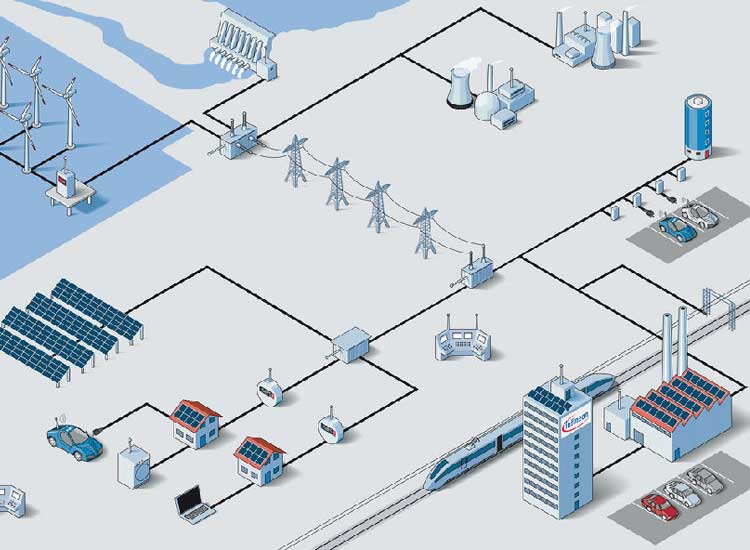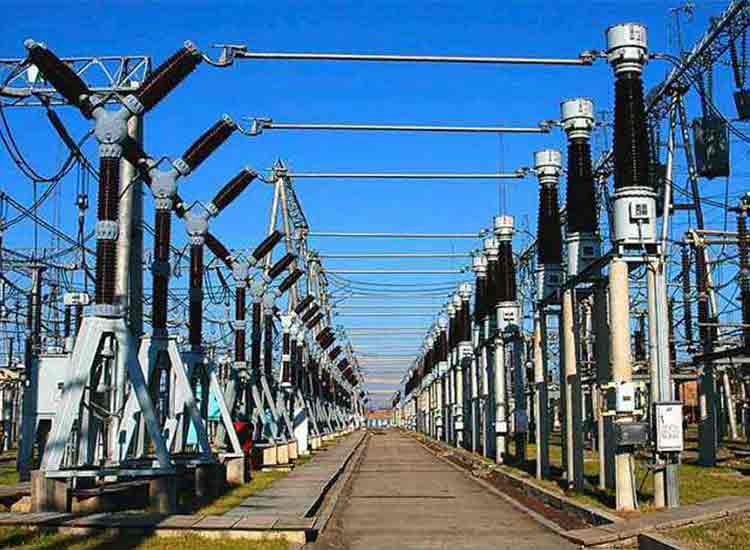All kinds of equipment in the power system may have different types of failures in operation, which affect the normal operation of the power system and the normal supply of electricity to the customers. Power system reliability is the measure of the ability of the power system to supply power and electrical energy to customers uninterruptedly according to acceptable quality standards and the required quantity.
The interruption of power supply to customers due to power shortage or accidents in the power system will cause different degrees of losses to industrial and agricultural production and people’s life. Therefore, power supply enterprises have been taking various technical and management measures to improve the reliability of power supply in the planning, design and operation stages of the power system for a long time.

What is Commonly Referred to as a Power System? What Parts does it Include?
An electric power system is a system for the production, transmission, distribution and consumption of electrical energy that consists of generation, transmission, distribution and consumption of electricity.
Among them, the power generation link, that is, the part that produces electrical energy, i.e., the power plant, converts primary energy into electrical energy. Depending on the primary energy source used, it is divided into thermal power generation, hydroelectric power generation and wind power generation, etc.
The power network is the part of the power system that engages in the transmission, transformation and distribution of electrical energy, and it includes the transmission network and the distribution network. The power generated by the power plant is transmitted and distributed to the electricity-using equipment of customers through the transmission and distribution grids, thus completing the whole process from production to use of electricity.

What is the Role of the Transmission System and Distribution System In the Power Network?
The task of the transmission system is to transmit the power generated by the power plant to the load centers economically and safely. Transmission facilities include transmission lines, substations, switching stations and converter stations.
The distribution system is responsible for distributing electrical energy to individual customers. Distribution facilities include distribution lines and substations, distribution transformers, etc. According to the distribution voltage, the distribution system is divided into high-voltage distribution system, medium-voltage distribution system and low-voltage distribution system. According to the geographical location of the service object, the distribution network can be divided into urban distribution network and rural distribution network.
